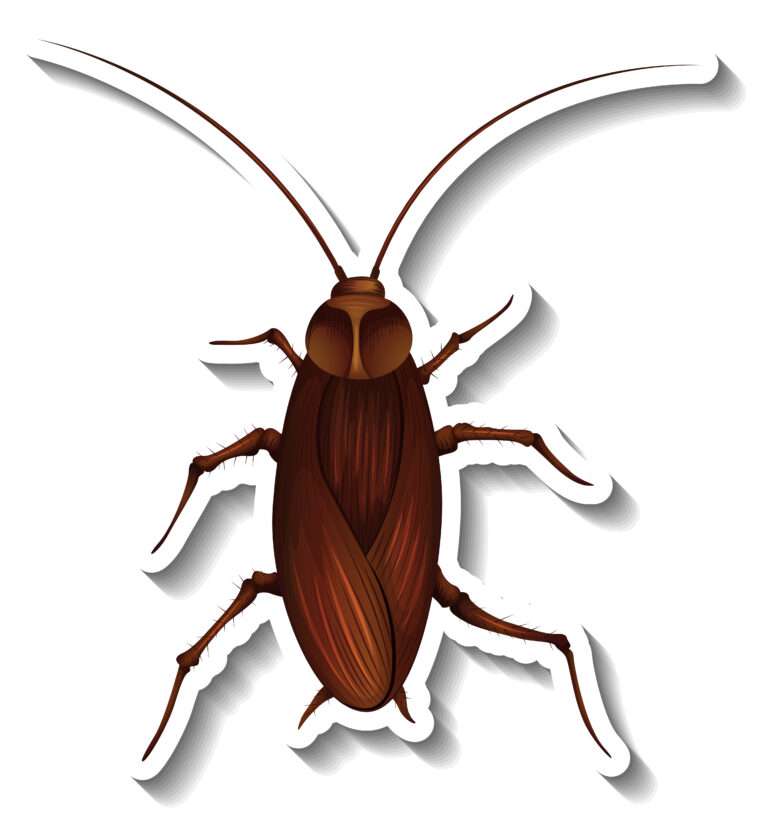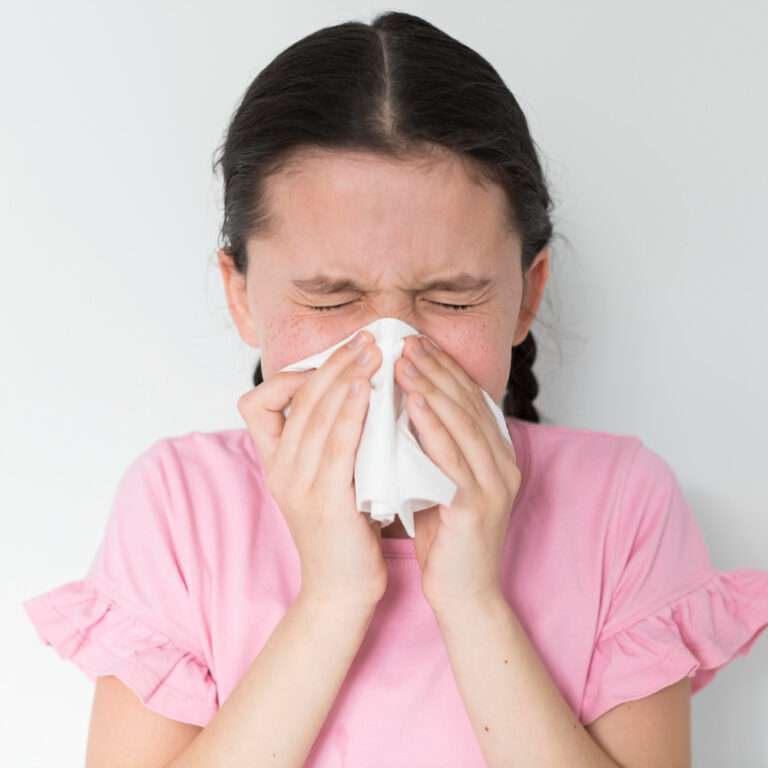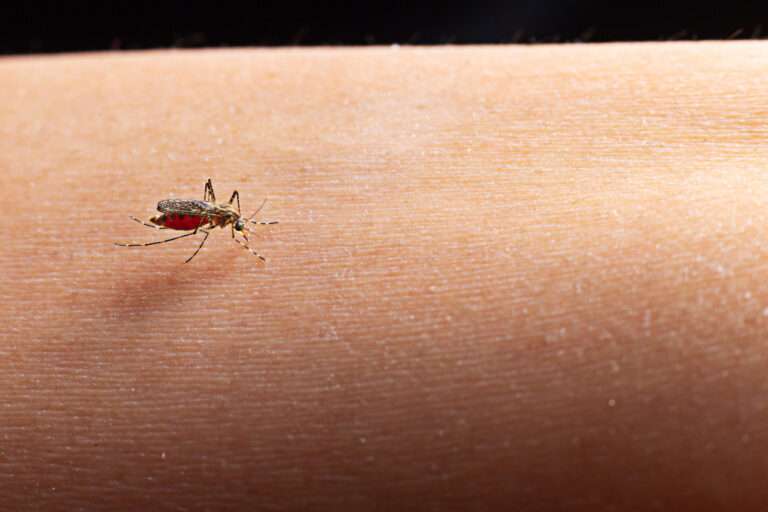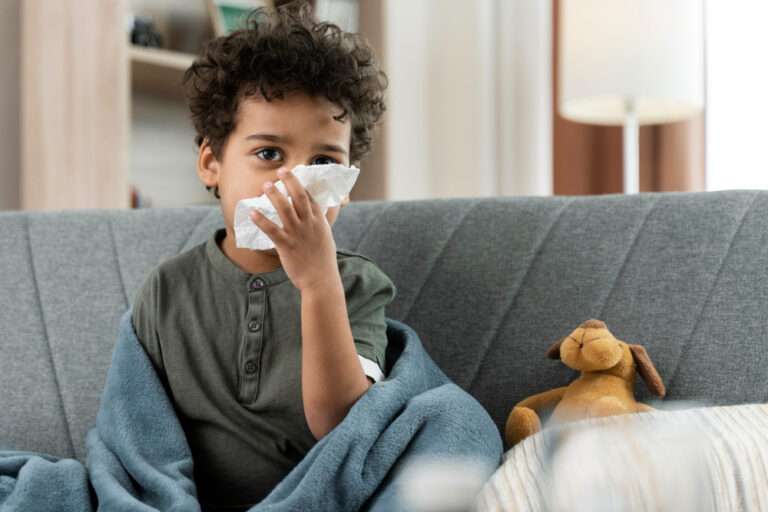Dust mite allergies
Dust mite allergies are among the most common indoor allergens. Dust mites are tiny, microscopic creatures that thrive in warm and humid environments, such as bedding, upholstered furniture, and carpets. They feed on dead human skin cells and pet dander. Although these mites are harmless and don’t bite or spread diseases, their fecal matter and body fragments can trigger allergic reactions in susceptible individuals.
Symptoms of Dust Mite Allergy:
- Runny or stuffy nose
- Sneezing
- Itchy, watery, or red eyes
- Cough
- Postnasal drip
- Facial pressure or pain
- Swollen, blue-colored skin under the eyes (allergic shiners)
- Itchy skin
- Eczema flare-ups
- Wheezing, shortness of breath or difficulty breathing (particularly in asthmatic individuals)
Diagnosis: To determine if one has a dust mite allergy, an allergist can conduct:
- A detailed medical history.
- Physical examination.
- Allergy skin tests.
- Blood tests to measure the level of certain antibodies produced in response to allergens.
Management and Treatment:
- Environmental Control:
- Reduce Humidity: Dust mites thrive in humidity. Using a dehumidifier to keep humidity levels below 50% can help reduce their numbers.
- Bedding: Use allergen-proof covers on mattresses, pillows, and box springs. Wash sheets, pillowcases, and blankets weekly in hot water.
- Declutter: Minimize objects that accumulate dust, like unnecessary textiles, carpets, and decorations.
- Vacuuming: Regular vacuuming using a vacuum with a HEPA filter can help. However, vacuuming can also stir up allergens, so allergy sufferers might consider wearing a mask or having someone else do the vacuuming.
- Air Purifiers: These devices can help remove allergens from the air, but their efficacy varies depending on the type and size of the particles they can filter.
- Medications:
- Antihistamines (e.g., cetirizine, loratadine)
- Nasal corticosteroids (e.g., fluticasone, budesonide)
- Decongestants (e.g., pseudoephedrine)
- Leukotriene modifiers (e.g., montelukast)
- Nasal irrigation solutions
- Allergy Shots (Immunotherapy): Allergy shots can be effective for people who don’t find relief from medications. They involve regular injections of increasing amounts of the allergen, leading to the body becoming less sensitive over time.
Conclusion: While it’s challenging to completely eliminate dust mites from an environment, multiple strategies can significantly reduce their numbers and alleviate allergic symptoms. If one suspects a dust mite allergy, consulting with an allergist can provide a clearer diagnosis and a personalized management strategy.
------------From our Sponsors------------









